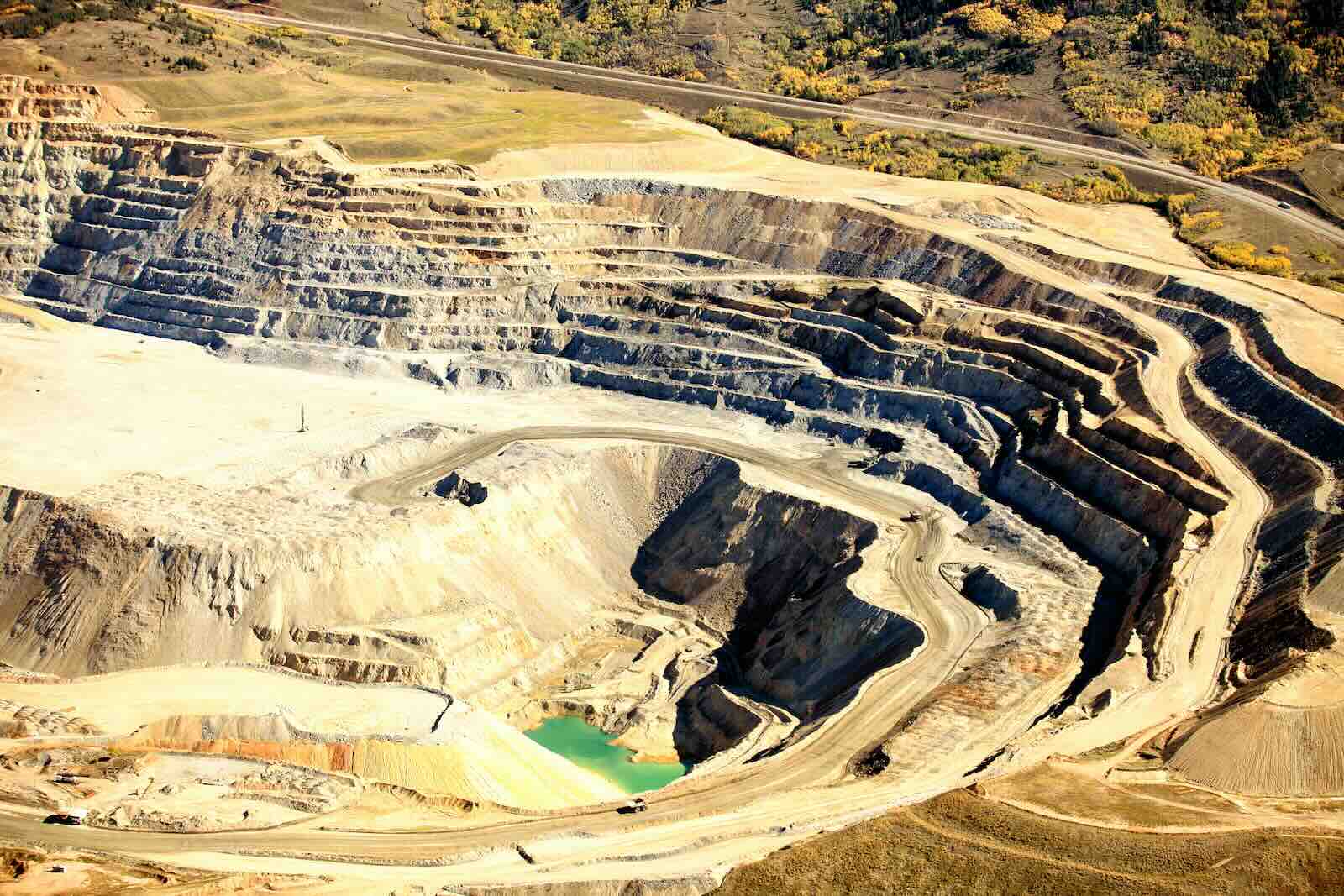California just enacted a set of bills that together represent a huge leap forward in tackling the climate crisis.
Under SB 253, about 5,000 companies will soon be required to publicly disclose their planet-warming carbon emissions. It’s a landmark moment—the first disclosure legislation of its kind in the United States.
What makes these bills especially impactful is that they require these large companies to report not just on the emissions tied directly to their operations, but also the indirect ones churned out by their supply chains and customers or, for financial institutions, by the clients they invest in and lend to. The indirect emissions – known as “scope 3” emissions – typically make up the largest chunk of corporate carbon footprints.
California’s new law is a huge win for investors and companies that want to see more transparency on how companies are managing climate-related financial risk stemming from their scope 3 emissions. As the old adage reminds us, you can’t manage what you don’t measure.
California’s action follows new reporting requirements in the European Union that will require the reporting of indirect emissions starting in 2025. Even with this precedent, corporations and ESG critics have pushed back on the rules, in particular the requirement for reporting scope 3 emissions. They argue that scope 3 emissions are difficult, if not impossible, to measure, and will be wildly inaccurate.
Some of the biggest companies in the world, including Apple, Google, IKEA USA, Microsoft, and Salesforce, already disclose their full carbon footprint and have reduction targets inclusive of scope 3 emissions. These companies have helped debunk the myth that scope 3 emissions disclosure is not possible nor feasible.
In signing these bills, Governor Newsom noted the need to revisit the implementation deadlines and financial impact of the law on businesses. At the federal level, the Securities and Exchange Commission, or SEC, is in the process of finalizing a rule on corporate climate disclosure and determining whether it will include scope 3 requirements. The final rule has been delayed several times as the agency grapples with pushback.
At Ceres, we believe it is important to continue to educate policymakers and stakeholders and bust the myths surrounding corporate value chain risk management.
What are those scope 3 myths? Let’s look at the three most common ones:
Myth 1: Scope 3 is too big for companies to get their arms around
For most companies, scope 3 emissions are 11 times larger than the scope 1 and 2 emissions produced by their operations and the electricity that powers them. For financial institutions, more than 99% of emissions occur in scope 3. So yes – it is big!
Estimating scope 3 emissions will take effort and for some, and it will not be easy. That doesn’t mean we can just ignore it – not only because a majority of investors are calling for it, or because the EU rules will also impact large US companies, but because it makes smart business sense. That is why more than 40% of the S&P 500 already measures scope 3—without anyone regulating that they do. They know that to reduce their climate risk and help their organizations compete in a low-carbon economy, they need to understand their full carbon footprint.
In an effort to reduce the burden on small companies, those with less than $1 billion in annual revenue are exempt from California’s disclosure requirements. But they are not exempt from the impact of climate change and should not be left out of the potential business opportunities – and new, historical levels of federal financial support for a clean energy economy – that arise from addressing climate risk. Thousands of small and mid-sized businesses are leveraging free support to measure and manage emissions already through programs like the SME Climate Hub and Supplier LOCT.
Myth 2: Companies don’t have control of their indirect emissions
The impacts of not managing climate risk will be significantly more disruptive than making an effort to understand and manage those risks in the first place. And while companies may not have exercised control over their supply chains or lending portfolios on climate risk before, they certainly apply a range of techniques to manage other risks in their value chain, often down to the smallest incremental production level.
Procurement teams manage upstream costs and quality, and marketing teams track and influence customer behavior. Those same tools and tactics can be applied to climate emissions.
Leading companies aren’t shying away from managing scope 3 emissions – almost every company target verified through the Science Based Target Initiative includes scope 3.
Myth 3: The data is too uncertain
According to the original GHG Protocol Scope 3 Standard, the purpose of scope 3 is to help companies understand their value chain emissions so that they can identify risks and opportunities to shift to low-carbon products, services, and lending. Companies need data that is sufficient to help them understand those risks, and enable them to focus their time and resources on setting goals and implementing plans to manage those risks and reduce emissions.
There are a growing number of software and AI-driven tools that help companies measure their scope 3 emissions, tailored for their industry. And regulators allow companies to use estimates and averages, although they may request more granular data from suppliers if they like. Data precision in and of itself is a goal that may detract from the real and urgent efforts of decreasing global emissions.
Getting ahead of climate risk
The ball is now in the SEC’s court. Will it follow in the footsteps of California and the EU to require scope 3 emissions disclosure? These indirect emissions are a crucial piece of understanding climate risk.
It’s time for the corporations and financial institutions that are dragging their feet to join the more than 3,330 companies globally that are already voluntarily reporting scope 3 emissions to the nonprofit CDP, and the over 6,000 companies that have set or committed to Science-Based Targets.
For decades, Ceres has worked with investors and companies, championing financially prudent climate disclosure and providing guidance through the Ceres Ambition 2030 initiative on how to use that insight to develop practical transition plans for slashing emissions and capturing the opportunities of a clean economy.
Financial markets, companies, and investors are moving in this direction because it makes business sense. Climate risk is unequivocally a financial risk. Ignoring or neglecting to assess and manage it will not make the risks disappear.
Private sector actors face a choice: be clear eyed now about their exposure so they can take the prudent steps to address it—or deal with consequences that will be far worse.
Laura Draucker, PhD is a director on the Climate and Energy team at the sustainability nonprofit Ceres, and a former member of the GHG Protocol team that published the Scope 3 standard in 2011.











